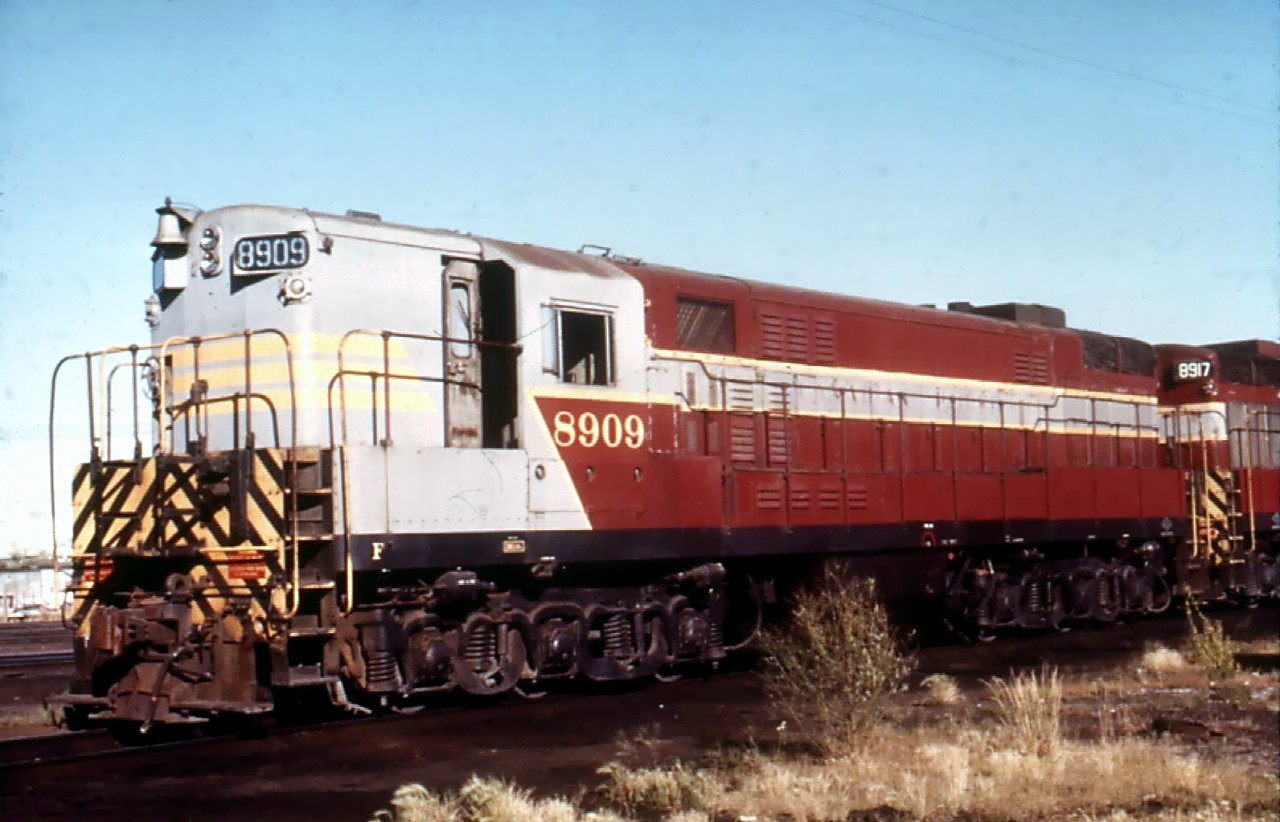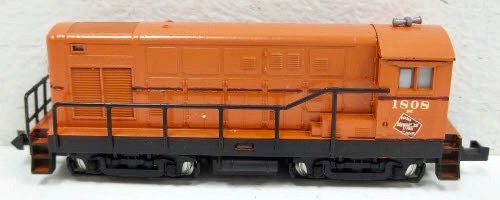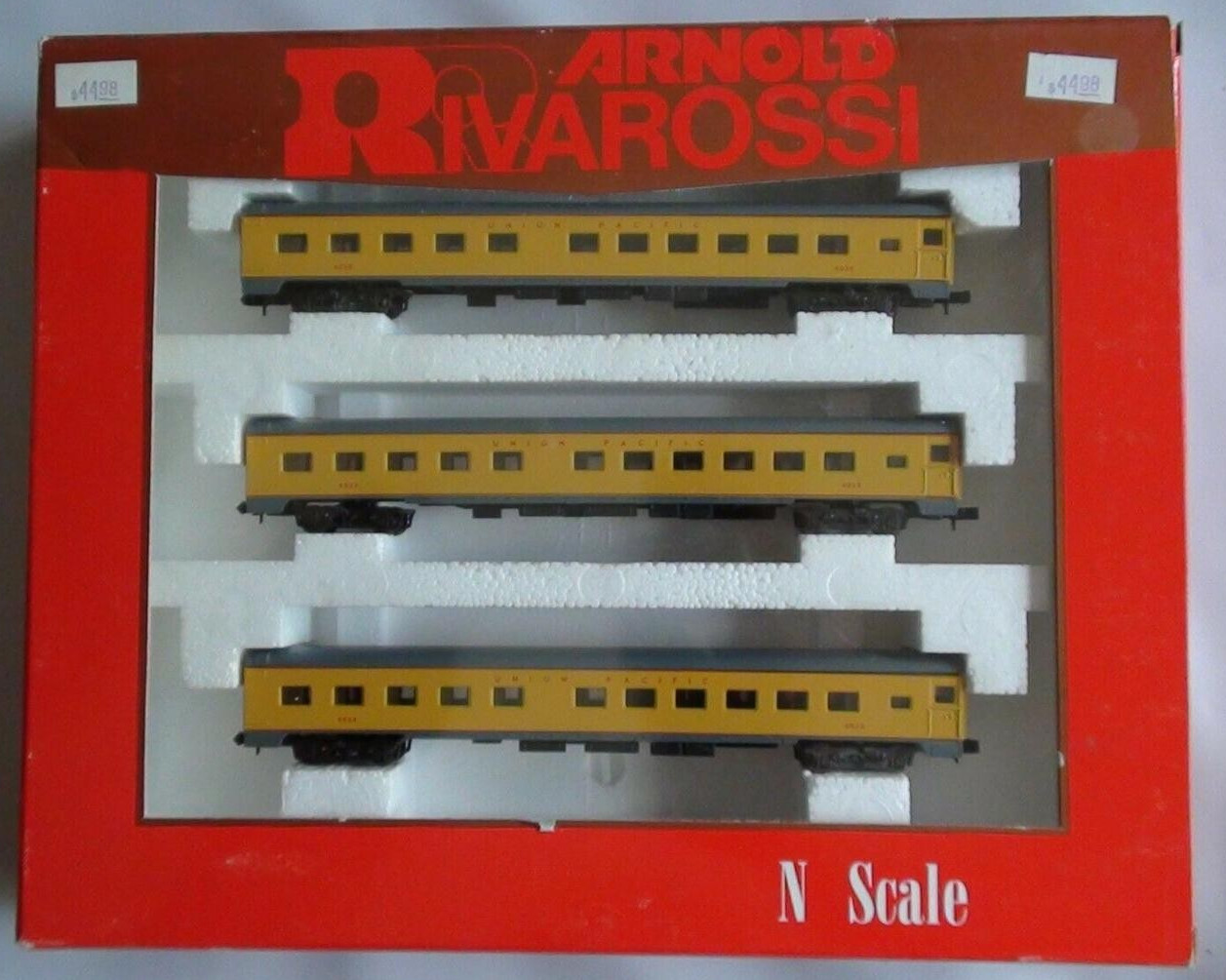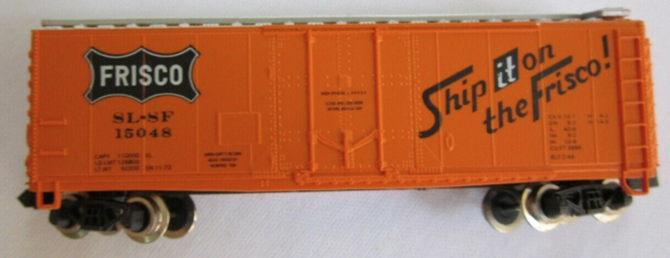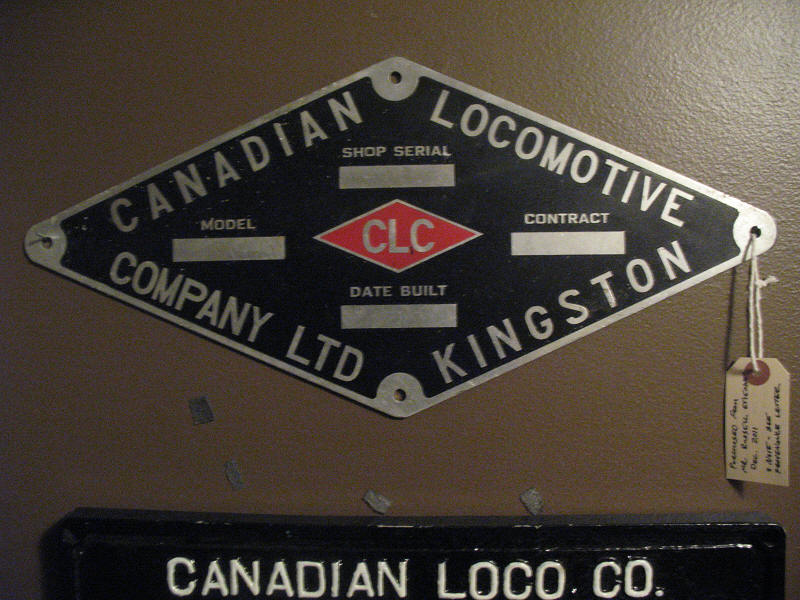Locomotive, Diesel, Fairbanks Morse, H-24-66 Trainmaster CLC
| Name | Locomotive, Diesel, Fairbanks Morse, H-24-66 Trainmaster CLC |
| Region | North America |
| Category | Rail |
| Type | Locomotive |
| SubType | Diesel |
| Variety | Fairbanks Morse H-24-66 |
| Manufacturer | Canadian Locomotive Company (Details) |
| Era | NA Era IV: 2nd Gen Diesel (1958 - 1978) |
| Year(s) of Production | 1956 |
History:
The H-24-66 was a diesel-electric railway locomotive model produced by Fairbanks-Morse and its Canadian licensee, the Canadian Locomotive Company. These six-axle hood unit road switchers, nicknamed Train Masters, were deployed in the United States and Canada during the 1950s. Each locomotive produced 2,400 horsepower (1.8 MW). They were the successor to the ultimately unsuccessful Consolidated line of cab units produced by F-M and CLC in the 1950s. In common with other F-M locomotives, the Train Master units employed an opposed piston-design prime mover. The official model designation was H-24-66 and rode on a pair of drop equalized three-axle "Trimount" trucks giving it an C-C wheel arrangement.
Touted by Fairbanks-Morse as "...the most useful locomotive ever built..." upon its introduction in 1953, the 2,400 horsepower (1.8 MW) H-24-66 Train Master was the most powerful single-engine diesel locomotive available, legendary for its pulling power and rapid acceleration. While some railroads saw advantages in the Train Master's greater power, the perception on the part of others that the unit had too much horsepower (coupled with the difficulties inherent in maintaining the opposed-piston engine, inadequacies in the electrical system, and a higher-than-normal consumption of cooling water) contributed to poor marketplace acceptance of the Train Masters. Perhaps it was simply ahead of its time, as no competitor offered a locomotive with an equal horsepower rating until the ALCO RSD-7 entered production in January, 1954 (As an aside, the EMD SD24 did not arrive on the scene until July, 1958, and GE did not introduce their U25C until September, 1963). Both F-M and CLC ultimately left the locomotive business.
Units manufactured by the Canadian Locomotive Company (1956) for CP are 8901-8920. 8900 was the only number made for CP made by Fairbanks-Morse (1953–1957)
From Wikipedia
Touted by Fairbanks-Morse as "...the most useful locomotive ever built..." upon its introduction in 1953, the 2,400 horsepower (1.8 MW) H-24-66 Train Master was the most powerful single-engine diesel locomotive available, legendary for its pulling power and rapid acceleration. While some railroads saw advantages in the Train Master's greater power, the perception on the part of others that the unit had too much horsepower (coupled with the difficulties inherent in maintaining the opposed-piston engine, inadequacies in the electrical system, and a higher-than-normal consumption of cooling water) contributed to poor marketplace acceptance of the Train Masters. Perhaps it was simply ahead of its time, as no competitor offered a locomotive with an equal horsepower rating until the ALCO RSD-7 entered production in January, 1954 (As an aside, the EMD SD24 did not arrive on the scene until July, 1958, and GE did not introduce their U25C until September, 1963). Both F-M and CLC ultimately left the locomotive business.
Units manufactured by the Canadian Locomotive Company (1956) for CP are 8901-8920. 8900 was the only number made for CP made by Fairbanks-Morse (1953–1957)
From Wikipedia
Railroad/Company:
The Canadian Locomotive Company, commonly referred to as CLC, was a Canadian manufacturer of railway locomotives located in Kingston, Ontario. Its works were located on the south side of Ontario Street between William and Gore Streets on Kingston's waterfront.
On July 26, 1965 CLC became Fairbanks-Morse (Canada) Ltd. and was no longer an independent Canadian company. Locomotive construction dwindled even further as the company branched out into industrial machinery such as marine engines and weigh scales.
Declining business and a union strike in April 1969 closed the plant that June. It was demolished in August 1971 after having constructed over 3000 locomotives from its earliest beginnings, making it at the time, Canada’s second largest commercial builder after Montreal Locomotive Works.
From Wikipedia
Read more on Old Time Trains
On July 26, 1965 CLC became Fairbanks-Morse (Canada) Ltd. and was no longer an independent Canadian company. Locomotive construction dwindled even further as the company branched out into industrial machinery such as marine engines and weigh scales.
Declining business and a union strike in April 1969 closed the plant that June. It was demolished in August 1971 after having constructed over 3000 locomotives from its earliest beginnings, making it at the time, Canada’s second largest commercial builder after Montreal Locomotive Works.
From Wikipedia
Read more on Old Time Trains
Item Links:
We found: 1 different collections associated with
Rail - Locomotive - Fairbanks Morse H-24-66
- Collection N Scale Model Trains: 9 different items
Item created by: Powderman
on 2018-08-31 13:59:16
Last edited by: Powderman on 2018-09-01 10:06:21
If you see errors or missing data in this entry, please feel free to log in and edit it. Anyone with a Gmail account can log in instantly.
Last edited by: Powderman on 2018-09-01 10:06:21
If you see errors or missing data in this entry, please feel free to log in and edit it. Anyone with a Gmail account can log in instantly.


